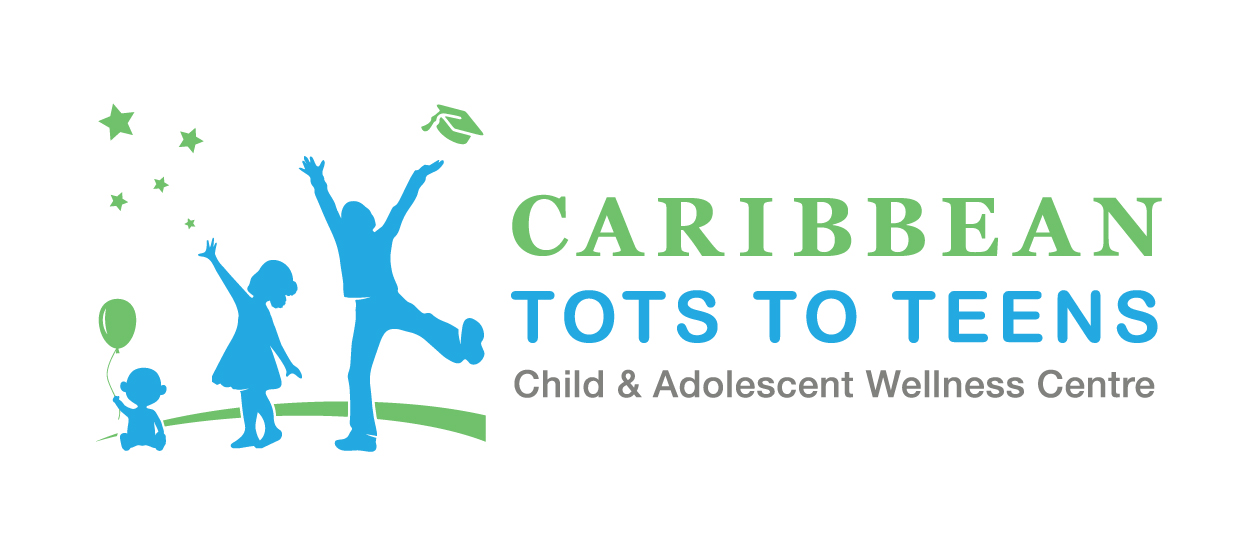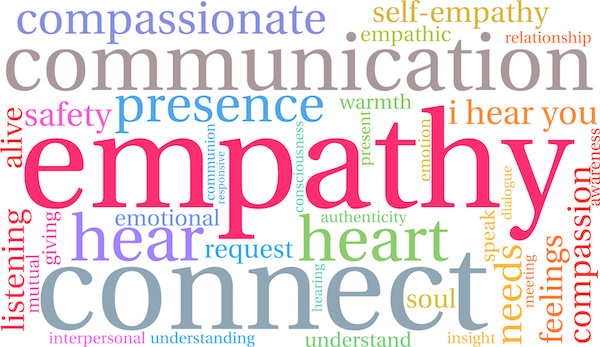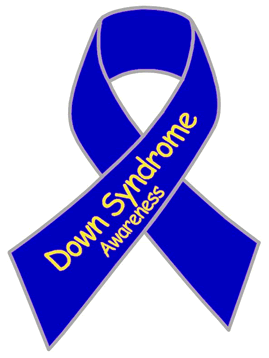Maintaining a Healthy Balance During COVID-19
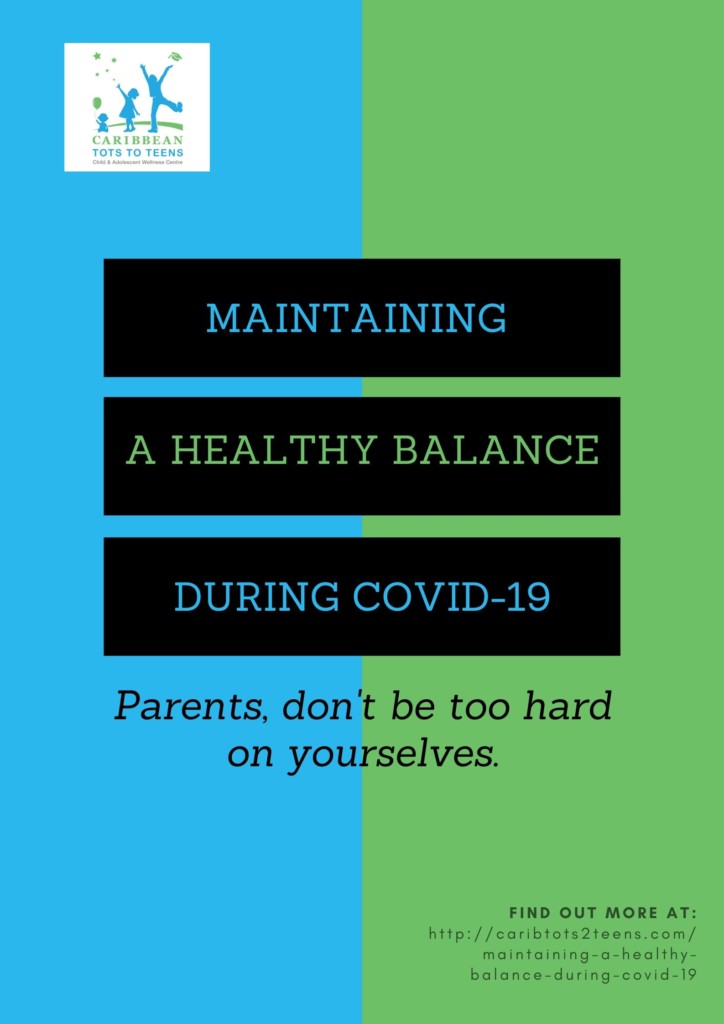
Due to the outbreak of COVID-19 parents, guardians and children are now dealing with major disruptions in their daily lives. Moving work life and school life into the home is not an easy task and can result in stressful and/or anxious feelings. In order to manage stress and anxiety remember to:
- Be aware of disruptions in your sleep pattern and eating habit, change in mood and concentration
- Take care of yourself; take breaks periodically, eat healthy and exercise
- Create supportive network with coworkers, supervisors, and family members
- Schedule activities with the family; include family relaxation time
Create a suitable environment at home that is conducive for work by:
- Ensuring a comfortable workspace within your home
- Being comfortable with yourself and wearing what makes you feel relax
- Setting schedules that are convenient for the family; taking into consideration early mornings when everyone is still asleep, when children are having lunch, or during relaxation period for children.
- Maintaining regular work schedule; avoid burnout by working extended hours at home
- Daily reflecting and reviewing what worked and what did not work, and implement the necessary adjustments
- Setting realistic expectations; you may not be able to accomplish the same goals at home as you would being in a work environment, while managing children at home and working from home
- Realizing that things will go wrong, and accidents are prone to happen; children will accidentally interrupt a meeting, the sound of the dogs barking while talking to a client, baby will get anxious and irritable. Do not be too hard on yourself
Prepared by: Camille Campbell
Adapted from: The Bellarmie University: https://www.bellarmine.edu/news/archives/2020/03/18/covid-19-expert-keim-working-from-home/
Learn MoreCoping with the Stress of COVID-19
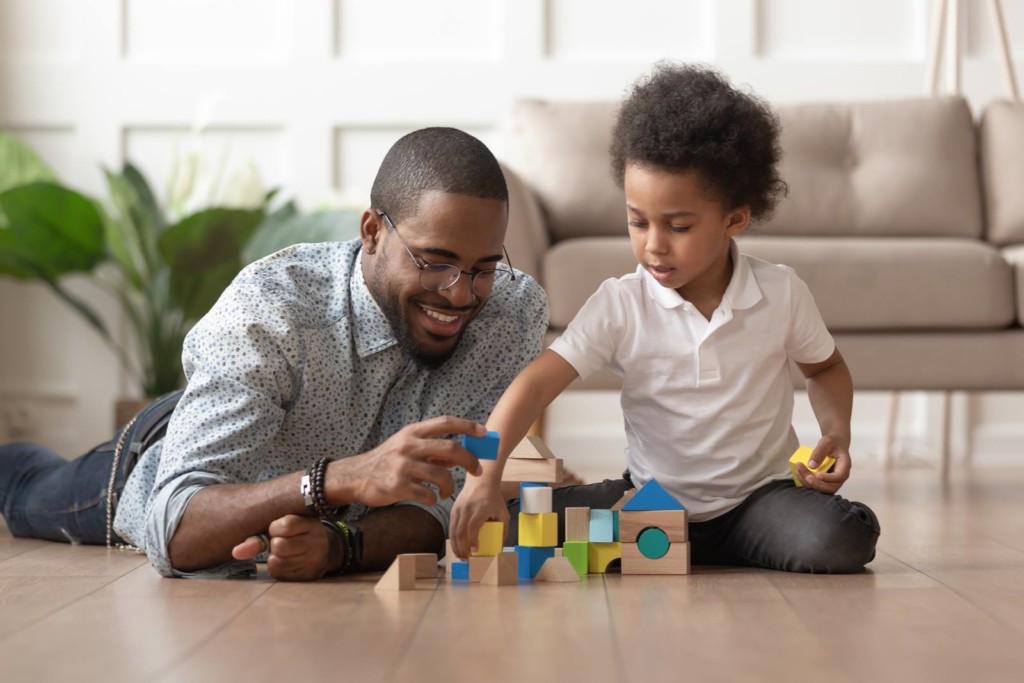
Young children often react to their environment. As a result, they might respond to the pandemic based on the response of parents and guardians. It is very likely that if parents and guardians react to COVID-19 with a calm and confident approach (even though it might be difficult to do so), children will also adopt to this approach. In addition, parents and guardians need to be better able to communicate and interact effectively with children during this period and about COVID-19.
Here are some behavioural changes in children that parents and guardians should look out for:
- Persistent crying and irritability in toddlers
- Persistent sadness
- Disrupted eating and sleep patterns
- Developed difficulty concentrating
- Avoiding online classes and schoolwork
How can YOU offer support?
- Take the time to talk to children in a language that they can understand, based on their age and level of development
- Respond to questions honestly and factually
- Provide reassurance and validate feelings
- Be mindful of their exposure to information – limit what they hear and see from multiple sources
- Develop and implement a routine that is as close as possible to their school routine; include learning activities and relaxation activities
Lastly…
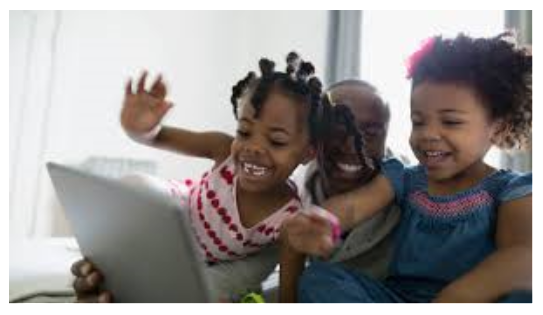
Help them maintain connection with their peers and other family members.
A few minutes of video-chat with others can be really helpful (monitor the chat, if necessary).
Prepared by: Camille Campbell
Adapted from an article by the CDC: https://www.cdc.gov/coronavirus/2019-ncov/daily-life-coping/managing-stress-anxiety.html
Learn MoreTragedy Strikes! at school – with Marie Reynolds
Shooting on the School Compound
Violent Death of a Classmate
Unexpected Tragic Loss of a Teacher’s Life
Students in the the Caribbean today face a remarkable overdose of tragedy close to home. We sat with Marie Reynolds, pediatric psychotherapist to understand more about how these events can impact children and what we as adults can do to help.
This 7 minute video is a guide to how you as the adult caring for such a child may find help and tools to help your child recover.
Managing Grief – by Janelle Reid
Grief is a natural response to loss, yet many of us are at a loss when someone around us is grieving. People of ANY AGE from toddler to ‘great grand’, experience grief. This 2 minute video is a quick guide to help to frame grief in a way that can allow you to process what is happening, and to take action if needed.
Grief can be a heavy burden, impacting every aspect of growth and development, every aspect of life. Don’t try to bear it alone. Find support, get help, you wont “get over” it , you can get stronger.
Empathy: What is it, what are its pros and cons, and do we all have it? | Justine East-Campbell

I’m sure many of us have grown up hearing the term, “put yourself in someone else’s shoes”. In other words, empathy involves attempts to understand someone else’s perspective or experience and how they may be feeling. However, research by Psychologist Mark Davis suggests that this is only one type of empathy. He identified three main types, including the Cognitive or Perspective-Taking type, the Personal Distress type, and Empathic Concern.
Types of Empathy
- Perspective Taking is attempting to see things from someone else’s point of view.
- Personal Distress is the type of empathy in which you actually feel the emotion that another person is feeling. For example, while watching a movie you may begin to actually feel scared, happy, sad with a character. This is because you empathize with them. I often experience this and laugh at myself for crying as if I knew the person in the show.
- Empathic Concern may be most frequently recognized as empathy. This involves identifying someone else’s emotional state, understanding it, and then feeling and demonstrating suitable concern.
How does empathy develop?
Empathy takes time to develop. Young children often express whatever pops into their head about people in their environment. These true but hurtful observations are usually shared innocently. This is because they haven’t yet formed awareness or understanding of what another person is feeling. Younger children do not know what they might feel like in a particular circumstance them self. On the other hand, newborns may trigger crying in other newborns, however this could be more of a response to noise that is uncomfortable. Besides that we see children between the ages of 1 and 2 may try to comfort someone who appears sad.
My 15 month old niece will hug her older 4 year old cousin if he’s upset or crying.
As kids get older their empathy improves. They learn from how they are treated by their parents and others. They also learn from experiencing undesirable emotions, such as being scared or upset. Children begin speaking and develop conversations at different rates. It is important to talk to them about how they might feel in a situation or how they’ve felt in a similar situation in the past.
If your daughter takes a toy away from another child without asking, ask her to think about a time in which that happened to her. Ask her how she felt.
What are some of the benefits of having empathy?
Oftentimes when working with my clients to address some form of social or familial conflict, it’s empathy that helps them to be more understanding of what the other person may be going through. They are sometimes so focused on how they feel that they don’t consider the other person until it’s pointed out to them. Besides that, with greater understanding for the other person, they are usually more open to and better able to improve the relationship or resolve the conflicts.
Empathy increases pro-social behaviour: assisting or helping other people without expecting anything in return. For example, natural disasters such as the 2010 earthquake in Haiti, Hurricane Maria and the mudslides in Sierra Leone lead to persons providing support and relief.
Empathy helps people feel connected: listened to, valued, understood, and not judged.
Positive feelings may increase because of empathy. If you are less likely to take a negative interaction personally, you may lesson feelings of aggression or distrust.
After someone hurrying by bumps into you, thinking that they may have done so because they were rushing to an interview they were trying to get for months would be empathetic and reduce the chances that you would become annoyed.
What may be some of the negatives of having empathy?
It’s possible to become overwhelmed by someone else’s feelings, especially negative ones, causing your own suffering, and affecting your mental and emotional health. For example, a study from the Pew Research Centre in 2015 that incorporated the digital age, where people often read about friends’ stressors on Facebook or Twitter, established that the problems that one person goes through can be felt by others.
- Women who saw online that an acquaintance experienced the loss of a family member had a 14 percent higher stress level compared to other women.
- Men reported a 15% higher stress level than other men if they read that a person they were close to was accused of a crime.
Both genders experienced a 9 percent heightening of their stress level when someone they knew made a post about a demotion or pay cut.
If you’re in a helping profession (e.g., nurse, doctor, psychologist) you can feel burned out or fatigued, and it could make you biased to certain persons over others.
Empathy tends to affect our judgment and moral reasoning, for example, when we have to make decisions that involve more than one person. We can neglect persons with a greater need compared to those in our social circle if we are too emotionally attached to them.
***
There are many reasons someone could have or appear to have low empathy or concern for others. Therefore, if you suspect your child or someone else has problems in this area, speak to a professional such as your child’s Pediatrician, Guidance Counsellor or a Psychologist. A psychological assessment of their behaviours can help determine the reason behind their current functioning.
Written by Justine East-Campbell, Associate Clinical Psychologist
References
American Psychiatric Association. (2013). Diagnostic and statistical manual of mental disorders (5th ed.). Washington, DC: Author.
Bloom, P. (2014). Against empathy. In Boston Review. Retrieved from http://bostonreview.net/forum/paul-bloom-against-empathy
Dallas, K. (2015). “Too much of a good thing”: When empathy is overwhelming. In Deseret News. Retrieved from https://www.deseretnews.com/article/865622445/Too-much-of-a-good-thing-When-empathy-is-overwhelming.html.
Hampton, K., Rainie, L., Lu, W., Shin, I., & Purcell, K. (2015). The cost of caring. In Pew Research Center. Retrieved September 26, 2017, from http://www.pewinternet.org/2015/01/15/the-cost-of-caring/
Kutner, L. (2016). How children develop empathy. Psych Central. Retrieved from https://psychcentral.com/lib/how-children-develop-empathy/
Riggio, R. E. (2011). Are you empathic: Three types of empathy and what they mean. In Psychology Today. https://www.psychologytoday.com/blog/cutting-edge-leadership/201108/are-you-empathic-3-types-empathy-and-what-they-mean
Stosny, S. (2013). Limitations of empathy. In Psychology Today. Retrieved from https://www.psychologytoday.com/blog/anger-in-the-age-entitlement/201302/limitations-empathy
Taylor, S. (2016). Negative empathy. Is it possible to feel too much. In Psychology Today. Retrieved from https://www.psychologytoday.com/blog/out-the-darkness/201605/negative-empathy
Learn More
Children & Violence: How can we help? | Marie Reynolds
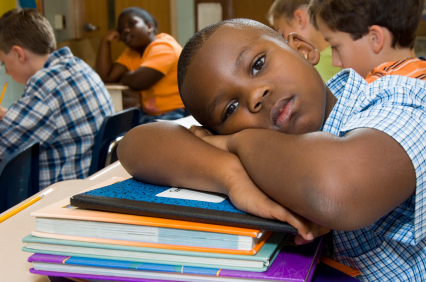 Children repeatedly exposed to violence, whether directly through community or domestic violence, or physical abuse, or virtually through film, TV and the news media, may show signs of trauma. Trauma is experienced when a person’s normal coping mechanisms are overwhelmed, leaving them feeling helpless, hopeless and unsafe. Because every person, including a child, is wired for survival, threat to safety activates brain mechanisms that are programmed to protect by fighting, fleeing or freezing. Normally, the brain returns to normal functioning once the threat is over. However, when that threat to safety is ongoing, such as in the case of a child living in a violent community or home, or repeatedly exposed to violence in the media, the brain may be in constant fight, flight or freeze mode, and the survival response may be easily triggered by seemingly harmless experiences, such as not having what they want, a parent talking loudly, or a sudden loud noise.
Children repeatedly exposed to violence, whether directly through community or domestic violence, or physical abuse, or virtually through film, TV and the news media, may show signs of trauma. Trauma is experienced when a person’s normal coping mechanisms are overwhelmed, leaving them feeling helpless, hopeless and unsafe. Because every person, including a child, is wired for survival, threat to safety activates brain mechanisms that are programmed to protect by fighting, fleeing or freezing. Normally, the brain returns to normal functioning once the threat is over. However, when that threat to safety is ongoing, such as in the case of a child living in a violent community or home, or repeatedly exposed to violence in the media, the brain may be in constant fight, flight or freeze mode, and the survival response may be easily triggered by seemingly harmless experiences, such as not having what they want, a parent talking loudly, or a sudden loud noise.
What does trauma look like in children?
Signs of trauma often look like disruptive behaviour, a child just being rude and defiant, or quiet and withdrawn. If you are seeing any of the following in your child or student, consider whether they may have experienced trauma, such as experience of or exposure to violence:
- Difficulty concentrating or paying attention
- Difficulty focusing eyes to read
- Inability to finish tasks
- Difficulty learning new information well
- Fidgety or unable to keep still
- On edge, or on guard even when in a safe environment
- Easily startled
- Can’t stay seated
- Compulsive talking
- Easily distracted
- Short tempered, always ready for a fight
- Aggression
- Defiance
- Inattentiveness
- Daydreaming
Some children, especially boys, act out their fear and anger by hitting bullying, teasing and engaging in dangerous activities. Others, particularly girls, turn their fear and anger inward, causing physical ailments such as frequent headaches or tummy aches, bedwetting, or showing signs of withdrawal, anxiety or depression.
Caregivers and teachers often respond to these behaviours with impatience, frustration, reprimand and punishment—all of which may be interpreted by the survival brain as threat, triggering even more of the problem behaviour. The challenge, too, is that many times the adults have also been exposed to the same violence or other trauma producing events, and are in fight, flight or freeze mode, too!
What can teachers and caregivers do?
First, parents and teachers need to be a “safe space”
for children who have experienced trauma and violence.
- Be calm and stay cool when dealing with challenging behaviours. Remember, many of these behaviours are ways in which their brains are trying to help them survive. Reacting rather than responding will appear to be yet another threat from which the brain will want to protect the child.
- Be aware of your own responses. Before reacting to the behaviours, take a moment to check yourself. Take a step back, plant your feet solidly on the ground, and take a few deep breaths through your nose into your belly, and slowly out through your mouth. Wait until you are in a calm state before responding in a soothing voice. If necessary, take a personal time out to engage in a brief calming activity—whatever works for you.
- Provide comfort and a listening ear. Give children space to talk freely about their feelings, worries or fears. After they share, use your own words to repeat what you heard them say. Pay attention to body language, tone of voice and facial expressions, too.
Protect children from exposure to violence, as much as possible
- Minimise children’s exposure to media violence. Avoid discussing violent news etc. in the presence of children, especially young children. Television news can be particularly graphic, so restrict children from viewing. Filter the news and limit to newspaper or radio.
- Monitor children’s TV and movie viewing so as to limit repeated exposure to scenes of violence and aggression. Pay attention to ratings.
- Pay heed to video games ratings, as well. Stick to those rated for children.
- Avoid fighting and arguing in front of children. Even babies will be negatively impacted by fighting and marital conflict in the home. Seek counselling if you are having frequent and intense conflict with your spouse or partner.
Here are some useful exercises and activities that can help children manage the effects of violence exposure:
- Let children draw their worries or fears, and then draw the opposite. Let them talk about what they drew.
- Lead students in focused or relaxation breathing exercises and meditations, e.g. Heart and Belly Breathing,or Popcorn-Candle Breathing described below.
- Have children draw about a time they felt good, happy, and safe recently or before the violence. Then have them study their artwork, close their eyes and notice where in their bodies they can feel the goodness, happiness, etc, Let them discuss the difference between the pleasant feelings and the unpleasant ones. Point out how they were able to feel the pleasant feelings just by thinking about that happy time. Let them know they have the super power to feel those pleasant feelings any time they want, just by thinking about their happy time.
- Similarly, you can have children draw a picture of their safe place. This can be real or imagined, Have them talk about their drawing, and describe what it feels like, and smells like. Let them know that they can always go to their safe place by looking at their picture or imagining it in their minds.
- Physical activities can help to ground children in the present moment, rather than dwelling in the past, violent event(s). Activities like dancing with stomping movements or drumming can be very helpful for grounding children. Ask them to notice how the ground or drumming surface feels as they dance or drum. Follow up with a moment of quiet breathing.
- When children are experiencing difficult emotions, have them choose a crayon that they think is a good colour for that feelings, and then scribble or rapidly colour the feeling out onto paper, filling up the paper as they release the feeling. When they are finished, they can talk with you about what it was like doing it.
- Let children engage in physical activities such as running and jumping to help release some of that survival energy.
- Use bubble blowing to practice deep breathing. Blowing giant bubbles is a great way to practice the deep, slow exhales that activate the calming (parasympathetic) nervous system. Besides which, bubble blowing is just fun!
It’s good to follow up release exercises with grounding and or relaxation exercises. This will also help children to learn how to regulate their energy and emotions.
Heart and Belly Breathing
- Ask children, “Place one hand on your belly and the other hand on your heart.”
- Ask them to turn on their superpowers of noticing, just like a detective or scientist.
- Next, ask them to see if they can notice their breathing, and if they can notice what happens to the hand on their belly when they breathe in, and what happens when they breathe out.
- Let them keep noticing for about a minute. Tell them that if they start to think about or notice something else, that’s okay. If that happens, they can just go back to noticing the hand on their belly again.
- For older children, you can next ask them to see if they can notice when the breath goes up behind the hand on their heart. Have them notice how the air moves in through the nose, into their belly, and up behind the hand on their heart as they breathe in, and then down from the heart area to the belly and out through the nose as they breathe out. Keep noticing from 1 to 3 minutes.
Popcorn Candle Breathing
Say to the children:
“Imagine you have some popcorn (or pizza or fried chicken) in your right hand, and a birthday cake with candles in your left hand. We’re going to smell the popcorn and then blow out the candles. First, let me show you how.”
Demonstrate by inhaling the “popcorn” in your right hand deeply through your nose, and then blowing out the “candles” in your left hand with a long out breath through your mouth. It is best if the exhale (blowing out) takes about twice as long as the inhale (smelling the popcorn).
Have the children do it with you five (5) times.
Written by Marie Reynolds, Paediatric Psychotherapist & Clinical Social Worker
Learn MoreEarly Intervention: When is a Problem, A Problem?
It can be difficult to figure out if a behaviour that you are noticing (or not noticing!) needs special attention. Is it a phase? Will they grow out of it? Am I worrying too much? 
All our children have their own individual personalities and preferences, strengths and challenges, so how do we know when an issue is concerning enough to seek help?
One way of deciding if a behaviour warrants attention is to check it against others the same age. How do most others in their class or their friend group act or cope? Sometimes, even if the same behaviour exists with peers, it may be more intense or frequent for your child which could be an indicator of trouble. Three year olds may tantrum but having a tantrum every day for an extended time would be concerning. Teenagers are notorious for needing their own space (which is developmentally appropriate) but withdrawing from the family and friends and activities they liked should be a warning sign.
Another check can be with other caregivers who see your child. Teachers and doctors both engage with a wide spectrum of children at the same age as your child and can be a good judge on whether a behaviour is atypical or concerning. Don’t hesitate to ask if others have noticed an issue or if they have the same level of concern.
Always keep in mind that children have differing abilities and needs. Even if something seems atypical compared to others, ask yourself whether the behaviour is affecting your child’s life in some way. Is it having an impact on their school life or their social life? This should be the key factor in deciding if an issue needs to be taken care of.
Identifying a problem is just the first step to finding a solution. The earlier a problem is addressed is usually the better the outcomes and less chance of greater problems down the road. If you think something is off or could be wrong, ask around informally. Get other opinions. Get a formal assessment or speak to a specialist. We can all work together to get the best outcomes for our children.
Written by Dr. Shauna Miller, School Psychologist
Learn MoreThe Importance of Reading With Your Child | Kellie-Anne Brown-Campbell
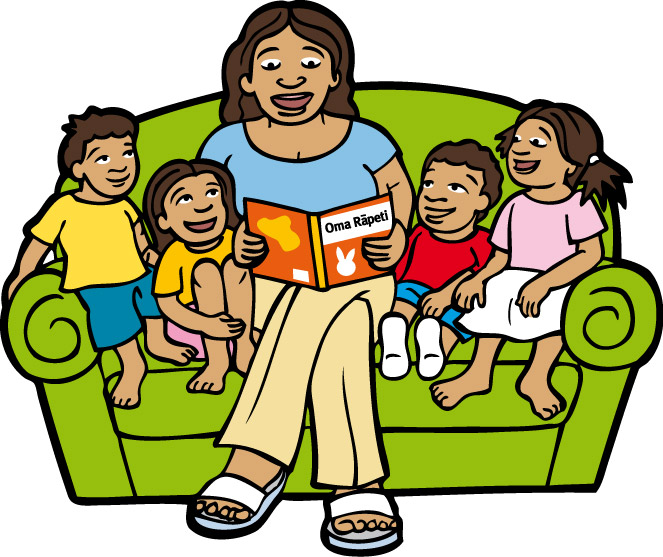
The literature is littered with numerous reports on the fact that parent involvement is a number one factor in predicting early literacy success and later academic achievement. As parents, we often pass off the importance of our roles in the development of our children’s academic skills, especially reading, onto school. Some comments which we may hear are: Why should I read to my child? They do enough of that at school! I am not a teacher! On the contrary, as a parent, you are your child’s NUMBER ONE TEACHER! Children need their parents to act as models through daily reading practice in an effort to successfully navigate through early literacy skills and build on later skills. In this article, I would like to highlight three main reasons why it is important and in fact valuable, to read with and to your children!
- Reading exposes your child to rich language and diverse content. When reading books with your children, they are exposed to a wide vocabulary and more complex and diverse ways of expression, rather than the mundane ways of communication they may experience on a daily basis. Therefore, books allow parents to expand the language environment as they become their children’s first and most important teachers. Parents are therefore able to immerse their children in rich and varied language, sparking interest in information, building imagination and even developing the cornerstones of interest in topics such as science and math. It is therefore a great idea to expose children to not just fictional material, but also non-fictional books.
- Reading with your children helps prepare their minds to succeed in school. The benefits of shared reading know no age limits. Babies are soothed by their parents’ voices; school children reading to parents can show their new accomplishments or seek their parents’ help and books for toddlers can help children get ready to learn to read. Children are used to listening to language for its meaning, but reading demands that they also pay attention to the sounds of language, helping to build phoneme and phonological awareness skills. When reading to your children ask them about rhyming words, homophones, similar syllables, etc. This helps to build a good foundation in language.
- Reading with your child can build family ties and allow for bonding.Reading with your child is most beneficial when parents take it as an opportunity to converse with their children through topics and ideas that come up in the books. Reading together is family time; it is fun time, cuddle time, a time to share your passions, perspective, and your values but also a time to listen. It creates a time for children to express themselves as well as an opportunity for parents to show their willingness to listen. Try it today! Build a conversation around a book and experience the joy of having a conversation with your child!
Written by Kellie-Anne Brown-Campbell, Licensed Associate School Psychologist
Learn MoreMore Fathers; More Nuclear Families
Dr. Herbert Gayle from Fathers Inc. Jamaica, has been making the news with his reports on the increasing numbers of “couple families” and definitive growth in the role of Jamaican fathers in the home.
He speaks of four critical roles that fathers should play: 1) protection 2) provision 3) nurturing and 4) being a role model.
It doesn’t matter which kind of couple family you may be in. Fathers Inc is appealing to parents to reject the ATM father syndrome and embrace PARTNERSHIP in parenting. The reseach shows a dramatic improvement is actually occurring. For more information, click the link below.
Let’s keep up the good work! Building Families, Building the Future.
http://jis.gov.jm/increase-couple-families/
Learn More